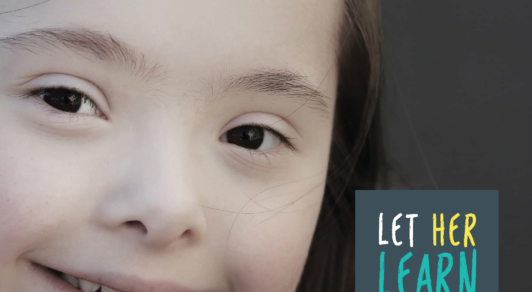Extremist judges will not stop endangering the lives of pregnant people or people who may become pregnant—overturning Roe v. Wade, attacking medication abortion, threatening the future of IVF, and this week at SCOTUS, emergency abortion care.
Our lawyers are waging strategic fights that make clear what is at stake for people who can become pregnant and seek to bolster our fundamental rights to control our lives, futures, and destinies.

 Girls are the fastest growing population in the juvenile justice (JJ) system, with girls of color, LGBT and gender nonconforming youth, and girls with disabilities being overrepresented relative to school enrollment or share of the overall population. For instance, Black girls make up 15 percent of girls enrolled in public schools but 30.8 percent of girls in juvenile justice center schools. Girls who enter the juvenile justice system are likely to have suffered sexual abuse, violence, and other trauma; they also are often involved in the child welfare system. Sadly, they typically do not have the supports and stability they need to help them cope with their trauma, which can lead to behavior such as running away or substance abuse. These behaviors in turn may result in their involvement with the juvenile justice system, especially given that girls are particularly likely to be detained for status offenses—conduct that is only illegal when committed by youth, such as truancy, running away, or violating curfew.
Girls are the fastest growing population in the juvenile justice (JJ) system, with girls of color, LGBT and gender nonconforming youth, and girls with disabilities being overrepresented relative to school enrollment or share of the overall population. For instance, Black girls make up 15 percent of girls enrolled in public schools but 30.8 percent of girls in juvenile justice center schools. Girls who enter the juvenile justice system are likely to have suffered sexual abuse, violence, and other trauma; they also are often involved in the child welfare system. Sadly, they typically do not have the supports and stability they need to help them cope with their trauma, which can lead to behavior such as running away or substance abuse. These behaviors in turn may result in their involvement with the juvenile justice system, especially given that girls are particularly likely to be detained for status offenses—conduct that is only illegal when committed by youth, such as truancy, running away, or violating curfew. resulting
resulting 







